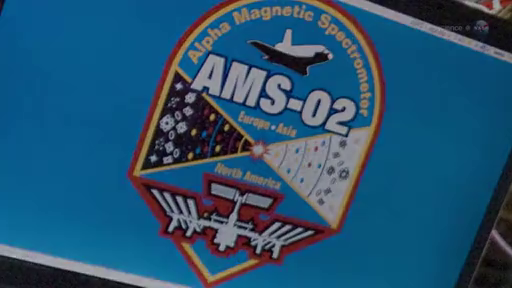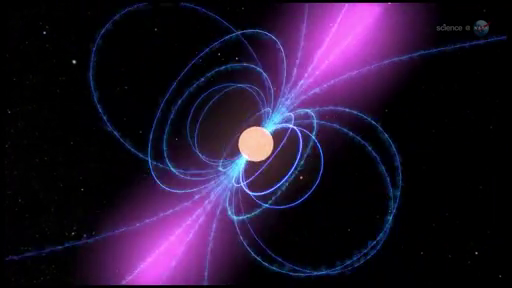

| Visitors Now: | |
| Total Visits: | |
| Total Stories: |

| Story Views | |
| Now: | |
| Last Hour: | |
| Last 24 Hours: | |
| Total: | |
ScienceCasts:The International Space Station May Have Recorded its first whiff of Dark Matter
Friday, April 12, 2013 15:38
% of readers think this story is Fact. Add your two cents.
An advanced particle detector onboard the International Space Station may have recorded its first whiff of Dark Matter. Researchers are excited about the possibility of finally understanding what this mysterious substance is made of.

Until the launch of the Alpha Magnetic Spectrometer (AMS) experiment in 2011, scientists had compiled a mere anthill of information about the kinds of charged particles, or cosmic rays, that shoot around the universe. Two short years later, they have amassed an Everest-sized mountain of such information.
Using the power and data transmission capabilities of the International Space Station, AMS is circling Earth and sifting through matter, antimatter and other particles that are yet to be confirmed, 365 days a year. Scientists now are beginning to sift through that mountain of data and figure out how it may change our concept of the cosmos.

Astronomical evidence currently indicates that the universe is made of matter; however, the Big Bang theory of the origin of the universe requires equal amounts of matter and antimatter. There also is a significant difference between what physicists believe should be the total amount of mass in the universe and what they have observed so far. Whether or not there is a significant antimatter, or another kind of matter called “dark matter,” is one of the fundamental questions of the origin and nature of the universe that AMS may be able to help answer.
AMS collects its data by recording the number of particles that pass through its collectors; details on the kinds of particles passing through, such as protons and electrons; physical information such as particle charge, mass and velocity; and information on which direction they came from so that scientists can attempt to track down their source. Each one of these pieces of data is called a particle event. Since its activation on May 19, 2011, AMS has collected detailed information on more than 31 billion particle events and downlinked this data for analysis by AMS collaboration scientists on Earth. In its first six months of operation on the station, AMS had accumulated more data on charged cosmic rays than had been previously collected in the history of human physics studies. And AMS continues to gather data on about 1.4 billion particle events every month.

To do this, the 15,251-pound AMS and its eight primary science instrument systems use 300,000 data channels. The instruments are similar to those used in particle accelerators on Earth such as the Large Hadron Collider at the European Organization for Nuclear Research (CERN) outside of Geneva, Switzerland. The primary difference between the terrestrial-based instruments and AMS is that AMS’ science instrument systems were miniaturized and ruggedized for launch on the space shuttle and operation on the space station.
follow the link to watch the latest ScienceCast video
https://www.youtube.com/watch?v=aj_6f_dV3y0
For more information about the AMS experiment and collaboration visit:
http://www.ams02.org/


